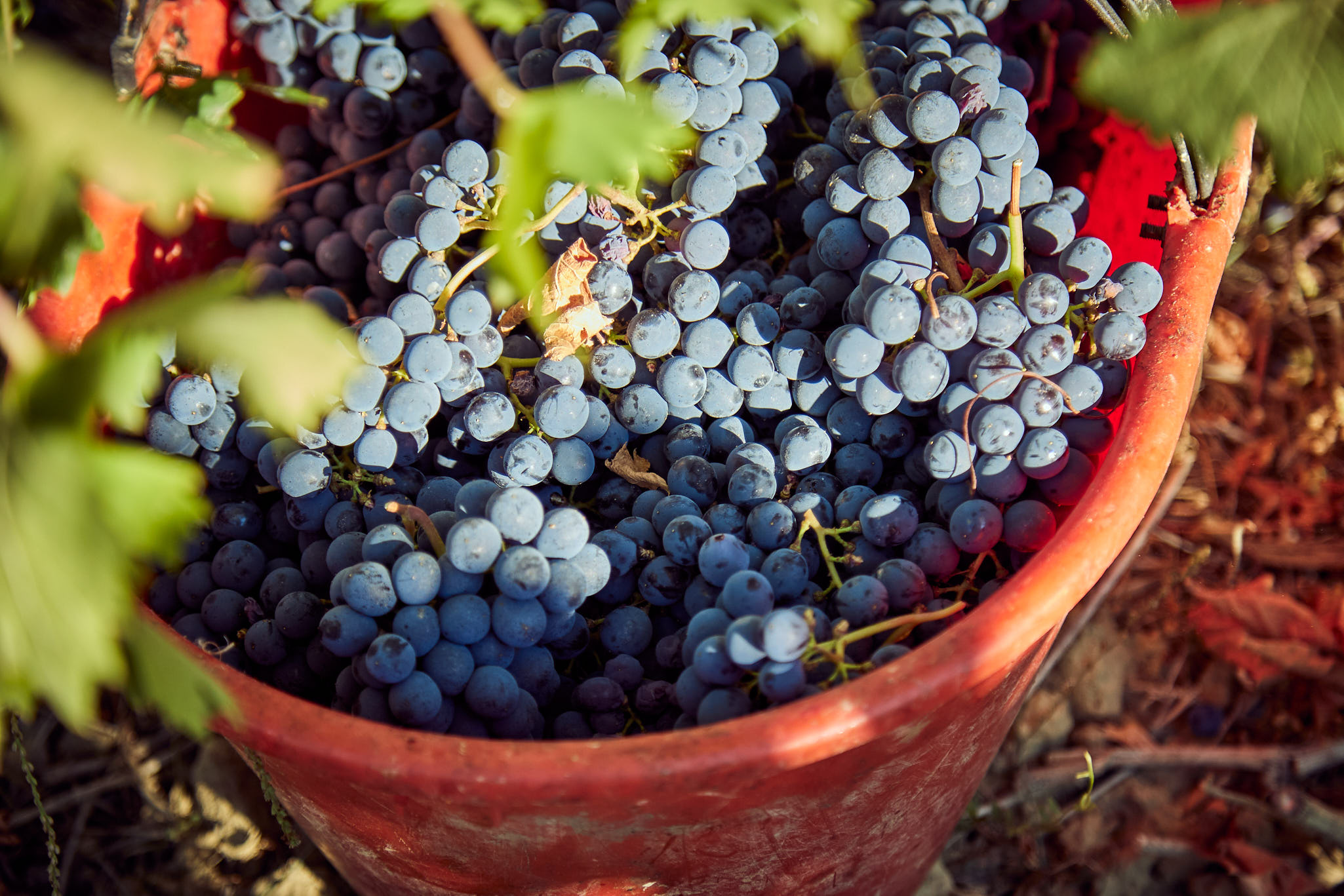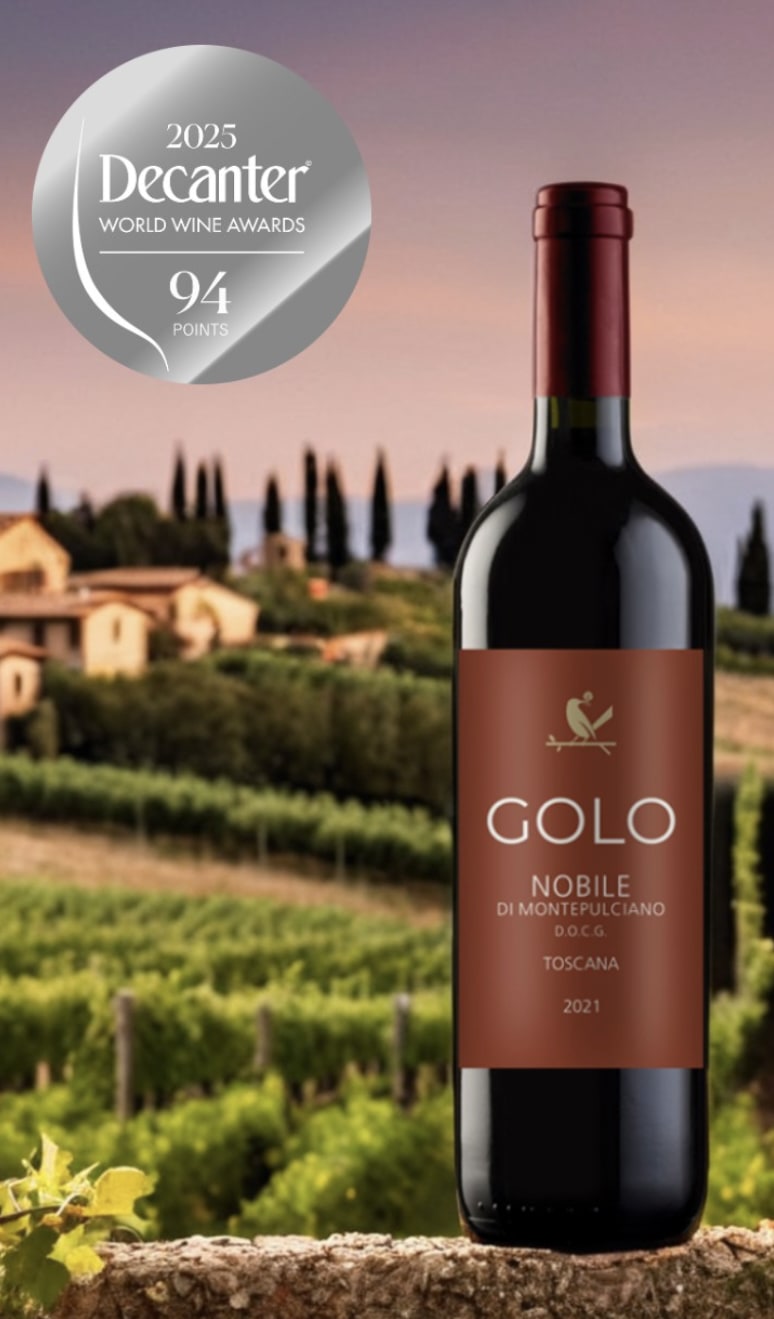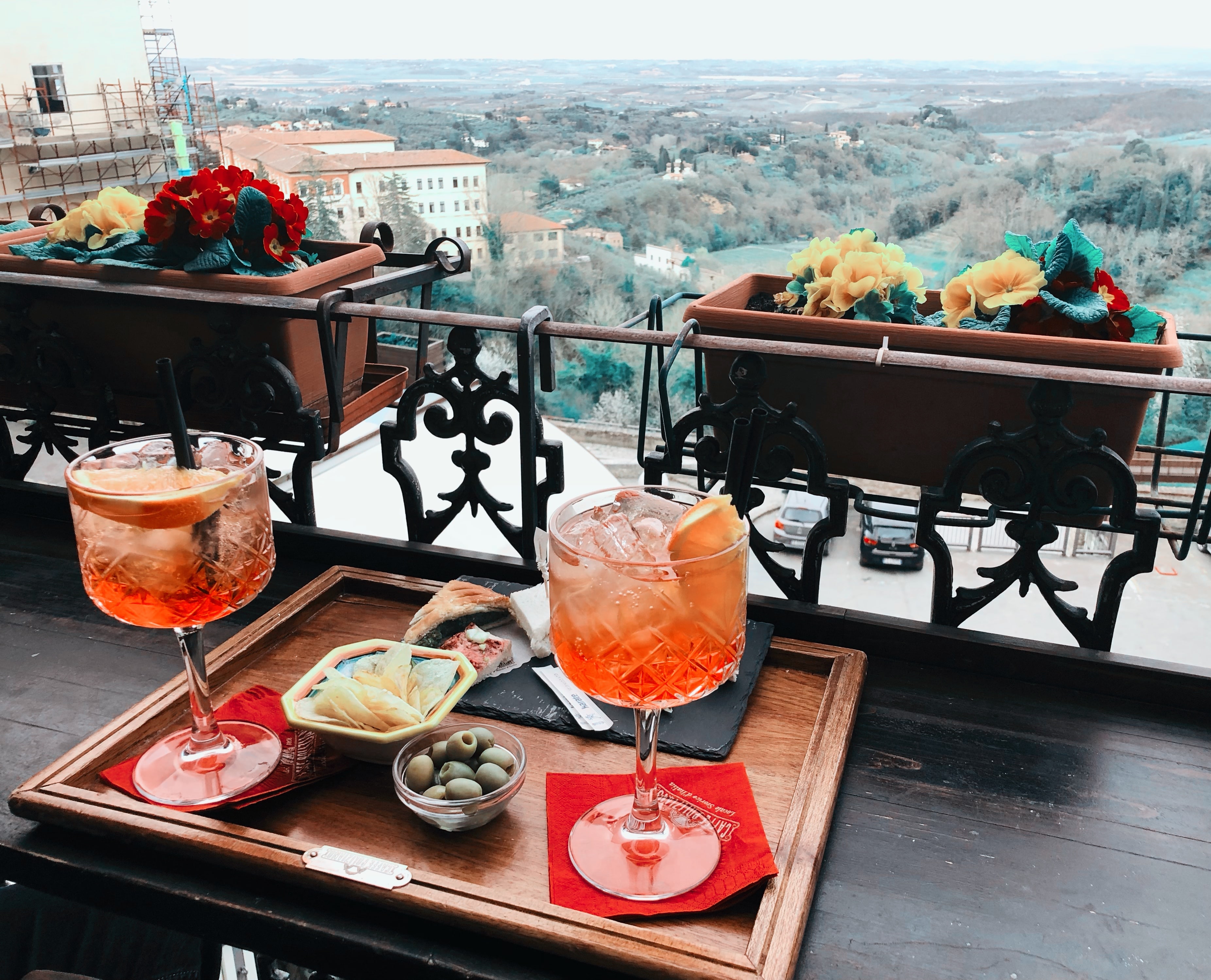9 Essential Varieties of Red Wine to Try in 2025
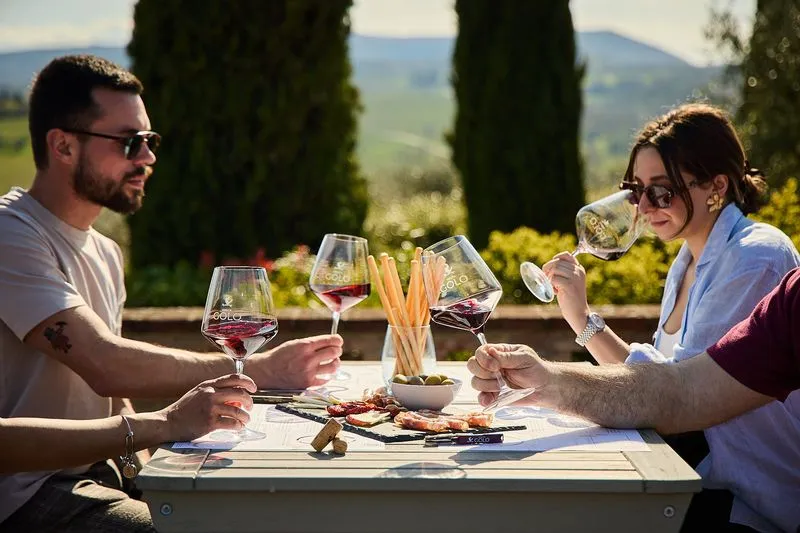
Red wine has captivated enthusiasts for centuries, offering a tapestry of flavors and stories from every corner of the globe. In 2025, the world of wine is evolving, with new regions and emerging varietals reshaping what it means to explore the essential varieties of red wine. As trends shift and fresh discoveries come to light, now is the ideal time to broaden your palate. Are you ready to uncover the 9 must-try varieties of red wine that every enthusiast should experience this year? Let’s embark on a journey that celebrates both tradition and innovation in every glass.
The Rising Popularity of Red Wine in 2025
Red wine continues to captivate wine lovers, and in 2025, its appeal is stronger than ever. Across continents, the varieties of red wine on offer are expanding, reflecting shifts in both consumer taste and global production. As enthusiasts seek both tradition and novelty, the red wine landscape is evolving in remarkable ways.
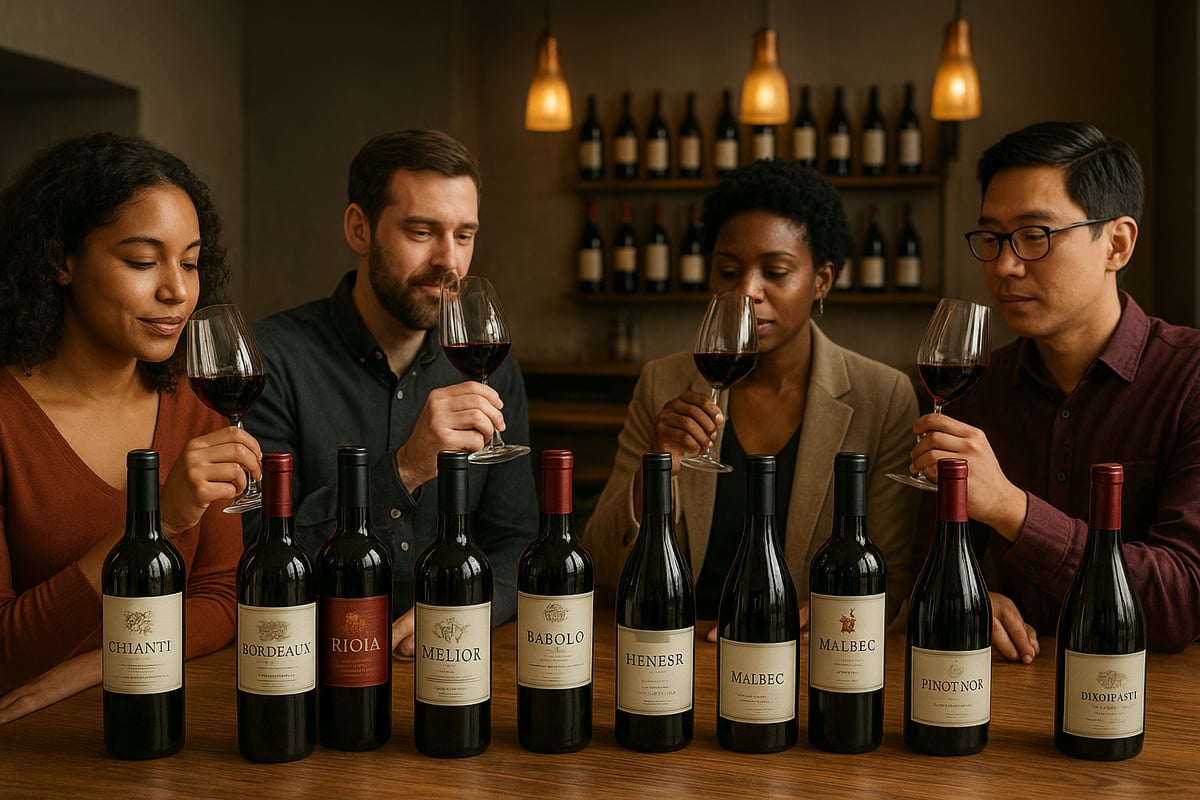
Global Red Wine Trends in 2025
Recent years have seen significant changes in global wine consumption. While overall wine demand has fluctuated, the varieties of red wine continue to gain market share, especially among younger and more adventurous drinkers. According to red wine market statistics 2025, red wine revenue is projected to reach new heights, with strong growth in the Asia-Pacific region, North America, and the UK.
Wine tourism is fueling this momentum, as travelers seek immersive experiences in renowned regions and emerging hotspots alike. Social media, too, has played a vital role in shaping perceptions, with influencers and sommeliers spotlighting unique varieties of red wine and driving curiosity for lesser-known labels.
Innovation and Climate Shaping New Regions
Climate change is transforming the very map of wine production. Traditional regions are adapting to shifting weather patterns, while new zones are gaining prominence. Winemakers are experimenting with drought-resistant grapes and innovative vineyard techniques, leading to fresh expressions of classic varieties of red wine.
Regions like England, Canada, and high-altitude sites in South America are now producing reds with distinctive character. This innovation is not only expanding the selection but also encouraging producers to focus on sustainability, organic farming, and minimal-intervention practices.
Consumer Preferences and Market Shifts
Modern drinkers are seeking more than just bold, tannic wines. There is a noticeable move toward lighter, food-friendly varieties of red wine that pair well with diverse cuisines. Consumers value transparency, looking for organic, biodynamic, and sustainably produced bottles.
Market data indicates that countries such as China and India are rapidly increasing their consumption, while established markets like the US and UK remain strong. The rise of experiential tastings—both in-person and virtual—encourages wine lovers to broaden their horizons and discover new favorites.
| Region | 2025 Market Growth | Notable Trend |
|---|---|---|
| Asia-Pacific | High | Emerging wine tourism |
| North America | Moderate | Sustainable wine focus |
| UK | Strong | Lighter style popularity |
| South America | Rising | High-altitude innovations |
Emerging Varieties and the Future of Red Wine
In 2025, both classic and rediscovered varieties of red wine are making waves. Indigenous grapes from Italy, Spain, and Greece are experiencing a renaissance, while hybrid and lesser-known varietals find new fans worldwide. Producers are reviving old vineyards and experimenting with blends, offering wine enthusiasts an ever-expanding palette of flavors.
As the world embraces diversity in wine, the varieties of red wine available will only continue to grow. Whether you are drawn to timeless classics or eager to try the next big thing, there has never been a more exciting moment to explore the world of red wine.
9 Essential Varieties of Red Wine to Try in 2025
Embarking on a journey through the essential varieties of red wine is more than a tasting exercise—it’s a celebration of culture, terroir, and innovation. For 2025, the landscape of red wine is more diverse and dynamic than ever, with both classic and emerging varietals capturing attention.
This curated list brings together nine must-try varieties of red wine, each selected for its unique character, global influence, and trendsetting appeal. Whether you are a seasoned collector or a curious enthusiast, these varieties of red wine promise to expand your palate and deepen your appreciation for the world’s most captivating reds.
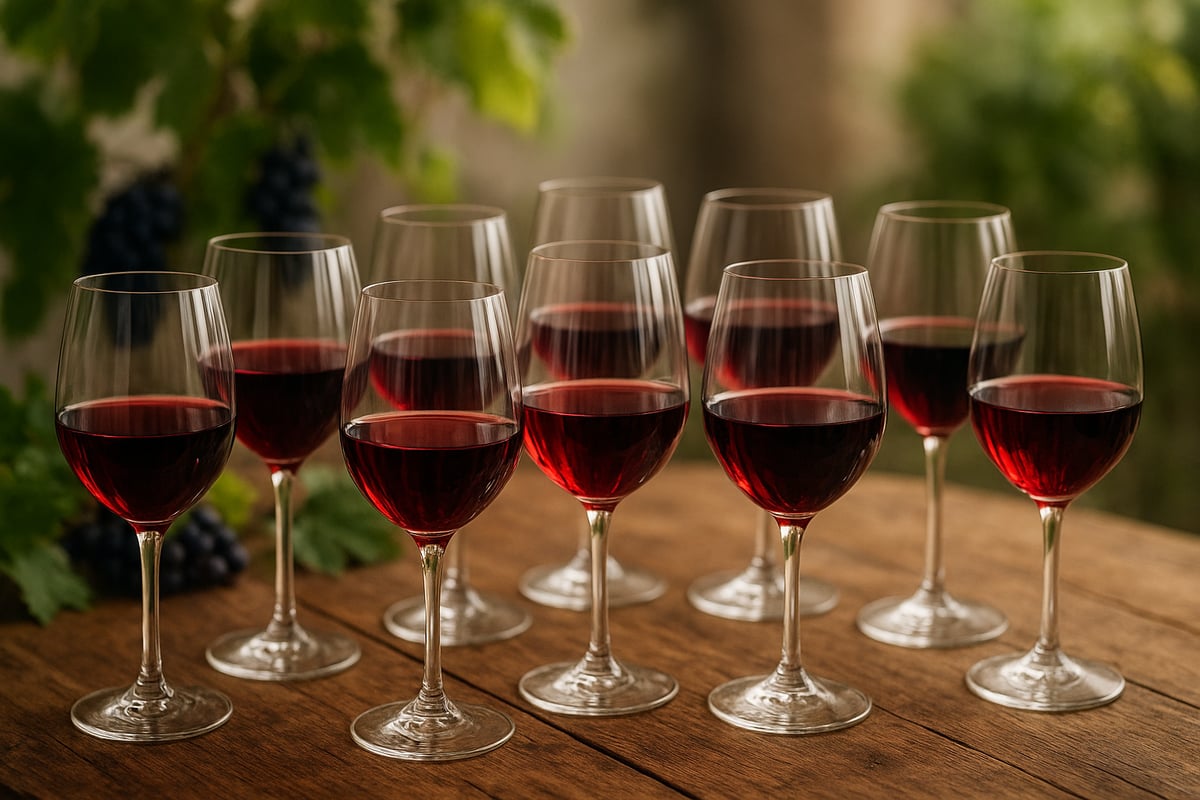
1. Sangiovese (Nobile di Montepulciano)
Sangiovese stands as the backbone of Italy’s winemaking tradition, revered for its historic roots and remarkable adaptability. In 2025, renewed interest in classic Italian varieties of red wine has placed Sangiovese, especially the Nobile di Montepulciano DOCG, in the spotlight.
This wine offers a vibrant bouquet of cherry, plum, earth, and subtle spice. Its medium body and lively acidity make it an ideal match for Tuscan cuisine, grilled meats, and aged cheeses. While approachable young, well-crafted Nobile di Montepulciano can age gracefully for a decade or more, developing complexity and finesse.
Producers in Montepulciano are earning accolades for sustainable practices and elegant expressions. Recent vintages have garnered high scores from critics, reinforcing the region’s reputation. For those eager to dive deeper into Italy’s renowned varieties of red wine, explore this detailed Italian Red Wine Varieties guide.
Sangiovese’s enduring appeal lies in its balance of tradition and innovation, making it a must-have for every collection in 2025.
2. Cabernet Sauvignon
Cabernet Sauvignon is synonymous with power and prestige among varieties of red wine. Its origins trace back to Bordeaux, but today, it thrives from Napa Valley to Australia and Chile.
Known for its signature profile—blackcurrant, cedar, pepper, and firm tannins—Cabernet Sauvignon delivers structure and depth. In 2025, top producers emphasize single-vineyard bottlings, organic farming, and sustainable viticulture. These trends cater to evolving consumer values while preserving the grape’s classic appeal.
Food pairings are robust: think steak, lamb, or rich stews. The wine’s age-worthiness makes it a favorite for collectors and investors alike. Notably, recent market reports highlight strong performance for premium Cabernet Sauvignon, especially from new world regions.
Whether enjoyed young or cellared for decades, Cabernet Sauvignon remains a benchmark in the world of varieties of red wine.
3. Pinot Noir
Pinot Noir, often dubbed the “heartbreak grape,” captivates with its elegance and complexity. Burgundy remains its spiritual home, but regions like Oregon, New Zealand, and Germany now produce world-class examples of this variety of red wine.
Tasting notes reveal red berries, floral hints, earthy undertones, and a silky structure. Pinot Noir’s versatility shines at the table, pairing seamlessly with salmon, duck, and mushroom dishes. In 2025, the rise of natural and low-intervention winemaking has boosted its popularity among enthusiasts seeking purity and transparency.
A comparison between Old World and New World styles shows striking differences: Burgundian Pinot is subtle and layered, while Oregon and New Zealand offer vibrant fruit and freshness. Acclaimed producers and rising stars continue to drive innovation, making Pinot Noir a perennial favorite among varieties of red wine.
4. Malbec
Malbec has transformed from a blending grape in France to Argentina’s flagship among varieties of red wine. Its rich, plush character—dark fruit, cocoa, violet, and velvety tannins—makes it instantly appealing.
Argentina’s high-altitude vineyards yield concentrated, expressive Malbecs, while regions like Cahors (France), Chile, and Australia are gaining ground with distinctive styles. Malbec’s affinity for grilled meats and spicy cuisine has fueled its global rise.
Affordability and accessibility make Malbec a go-to choice for both casual drinkers and connoisseurs. The trend toward organic practices and experimentation with terroir has resulted in exciting, diverse offerings. Recent consumer trends show Malbec’s continued growth in emerging markets, securing its place among essential varieties of red wine for 2025.
5. Tempranillo
Spain’s Tempranillo is the cornerstone of celebrated regions like Rioja and Ribera del Duero, yet its influence extends worldwide. This variety of red wine boasts a spectrum of flavors—cherry, plum, tobacco, leather, and vanilla from oak aging.
Tempranillo’s dual identity is shaped by traditional and modern winemaking. Classic Rioja often displays elegance and age-worthiness, while contemporary approaches emphasize vibrant fruit and fresh acidity. Food pairings are diverse, ranging from tapas and roasted vegetables to paella.
Classification systems (Crianza, Reserva, Gran Reserva) help guide aging potential and style. Tempranillo’s versatility and growing popularity in Portugal and New World vineyards make it a dynamic choice among varieties of red wine in 2025.
6. Syrah/Shiraz
Syrah and Shiraz are two faces of the same grape, producing some of the world’s most expressive varieties of red wine. In France’s Rhône Valley, Syrah offers notes of blackberry, pepper, smoked meat, and olive. In Australia, Shiraz is bolder, with ripe fruit and spice.
2025 sees an emphasis on single-vineyard and small-lot bottlings, showcasing terroir and craftsmanship. Notable regions include Barossa Valley, Washington State, and South Africa, each delivering unique interpretations.
Syrah/Shiraz pairs beautifully with barbecue, game, and spicy dishes. Market insights reveal growing exports and consumer enthusiasm for both traditional and innovative styles. This dual-identity grape is essential for anyone exploring the full spectrum of varieties of red wine.
7. Grenache/Garnacha
Grenache, known as Garnacha in Spain, is a Mediterranean classic gaining momentum among varieties of red wine. Its profile—strawberry, raspberry, white pepper, and herbal notes—offers freshness and approachability.
Traditionally used in blends like Châteauneuf-du-Pape and GSM, Grenache increasingly shines as a varietal wine. Its adaptability to drought and warmer climates makes it a favorite in Spain, France, and Australia, aligning with climate change challenges.
Pair Grenache with Mediterranean cuisine, roasted poultry, or charcuterie for a harmonious experience. Innovative producers and critical acclaim have elevated its status, ensuring Grenache’s place among the most essential varieties of red wine in 2025.
8. Nebbiolo
Nebbiolo, the pride of Piedmont, crafts legendary wines like Barolo and Barbaresco. This variety of red wine is distinguished by aromas of rose, tar, cherry, and truffle, supported by firm tannins and high acidity.
Nebbiolo’s complexity and aging potential attract collectors and connoisseurs alike. Food pairings include truffle dishes, braised meats, and risotto, highlighting the wine’s affinity for rich flavors. Recent vintages have impressed critics, while Nebbiolo’s presence is expanding to California and Australia.
Auction prices and market trends underscore Nebbiolo’s desirability. For those seeking depth and nuance in varieties of red wine, Nebbiolo is an essential stop on the tasting journey.
9. Zinfandel/Primitivo
Zinfandel (California) and Primitivo (Italy’s Puglia) are genetically linked, offering bold, fruit-forward expressions among varieties of red wine. Expect flavors of blackberry, plum, spice, and a signature jammy richness.
Zinfandel’s versatility spans robust reds, rosé (White Zinfandel), and even dessert wines. Old vine vineyards deliver complexity, while young vines offer vibrant fruit. Pairings with barbecue, spicy foods, and pizza are crowd-pleasers.
Innovations in dry farming and preservation of heritage vineyards have revitalized interest in this grape. With strong demand and international recognition, Zinfandel/Primitivo remains a staple among the world’s top varieties of red wine.
How to Choose the Right Red Wine for Your Palate
Selecting the right wine can feel daunting, especially with so many varieties of red wine available. Each bottle promises a unique experience, shaped by grape, region, and craftsmanship. To discover your ideal match, start by understanding what makes red wine so diverse.

Understanding Structure: Body, Tannin, Acidity, and Sweetness
Red wines differ in body, from light Pinot Noir to full-bodied Cabernet Sauvignon. Body refers to the weight or richness felt on your palate. Tannins, found in grape skins, create a drying sensation and are more pronounced in some varieties of red wine. Acidity brings freshness and vibrancy, while sweetness levels can vary, though most reds are dry.
Use this table to compare core structural elements:
| Element | Description | Example Varieties of Red Wine |
|---|---|---|
| Body | Light to full | Pinot Noir, Syrah, Malbec |
| Tannin | Low to high | Gamay, Cabernet Sauvignon, Nebbiolo |
| Acidity | Crisp, balanced, mellow | Sangiovese, Barbera, Merlot |
| Sweetness | Dry to sweet | Zinfandel (off-dry), Lambrusco |
Identifying Your Personal Preferences
Reflect on flavors you enjoy in food and drinks. Do you prefer bold, structured tastes or something more delicate? Sampling different varieties of red wine can reveal your palate's leanings. Consider exploring Best Tasting Wine Tips for guidance on how to taste and compare wines effectively.
Take notes as you sample. Notice if you gravitate towards fruity, spicy, earthy, or herbal profiles. This awareness will help narrow your choices among varieties of red wine.
Decoding Wine Labels and Key Terms
Understanding wine labels is crucial. Look for grape variety, region, vintage, and producer. Some labels highlight unique terms like "Reserva" or "Old Vines," which can indicate aging style or vine age. Recognizing these terms helps you compare varieties of red wine across regions and styles.
Explore appellation systems, such as DOCG in Italy or AOC in France, which signify quality and origin. Learning these distinctions will add confidence as you select bottles.
Experimenting With Food Pairings and New Varieties
Pairing wine with food can elevate both elements. Robust varieties of red wine, such as Syrah or Malbec, shine alongside grilled meats, while lighter reds like Pinot Noir complement salmon or mushroom dishes. Do not hesitate to experiment, as unexpected pairings can lead to new favorites.
Try wines from emerging regions or lesser-known grapes. Each tasting broadens your understanding of the many varieties of red wine and their unique characteristics.
Themed Tastings, Wine Flights, and Common Mistakes
Organize themed tastings or flights to compare several varieties of red wine side by side. This focused approach sharpens your ability to detect subtle differences. Keep a wine journal to track your impressions and preferences.
Avoid common mistakes such as relying solely on price or ratings. Personal taste always trumps trends. Trust your palate, remain open-minded, and revisit wines as your experience grows.
Choosing among varieties of red wine is a journey, not a destination. With curiosity and the right knowledge, you will find wines that delight your senses and suit every occasion.
Exploring Red Wines Through Tastings and Experiences
Exploring the world of varieties of red wine is about more than just sipping from a glass. Each tasting offers an opportunity to engage your senses and deepen your understanding of what makes each wine unique. Whether you are a seasoned collector or a curious newcomer, immersive experiences can transform your appreciation of red wines.
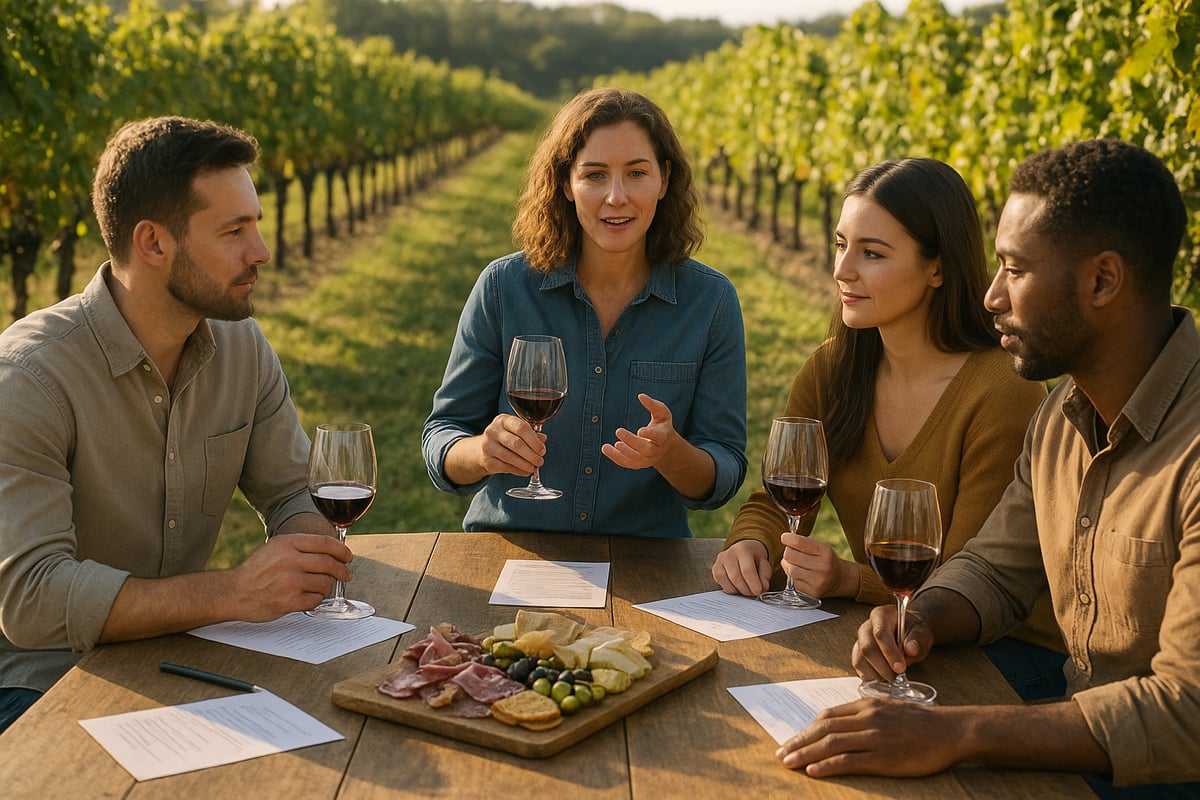
Guided tastings, whether at renowned wineries or local wine bars, provide invaluable insight into the world of varieties of red wine. In 2025, leading wine tourism destinations such as Tuscany, Bordeaux, and California are elevating visitor experiences with curated flights and behind-the-scenes vineyard tours. These experiences help enthusiasts connect with the land, climate, and craftsmanship that shape each bottle. Often, guided tastings highlight new or lesser-known varietals, broadening your palate and enriching your wine journey.
Bringing the tasting room experience home is easier than ever. Hosting themed tastings with friends or family allows you to compare varieties of red wine side by side, discovering subtle differences in aroma, flavor, and structure. For expert tips on setting up your own event, consider following this Wine Tasting at Home Guide. Keeping a wine journal or using tasting note templates helps track preferences and deepen understanding. Over time, you will notice patterns in what you enjoy, making future selections more rewarding.
The digital age has expanded access to global wine experiences. Virtual tastings, live-streamed by sommeliers or winemakers, connect enthusiasts across continents and introduce emerging varieties of red wine. Online communities offer forums to share tasting notes and recommendations, while immersive experiences such as vineyard walks and blending sessions encourage hands-on learning. Whether in person or online, every tasting is a step toward mastering the vibrant diversity that red wines have to offer.
After exploring the world’s most essential red wine varieties for 2025, why not take your curiosity a step further and experience these flavors firsthand? There’s nothing quite like tasting a wine in the place where it’s crafted, surrounded by the history and beauty that shape every bottle. At Tenuta Golo, you can immerse yourself in the heart of Tuscany, sample award-winning Nobile di Montepulciano, and discover how passion and tradition come together in every glass. If you’re ready to elevate your appreciation of red wine, Book Your Wine Tasting Now and create your own unforgettable journey.


